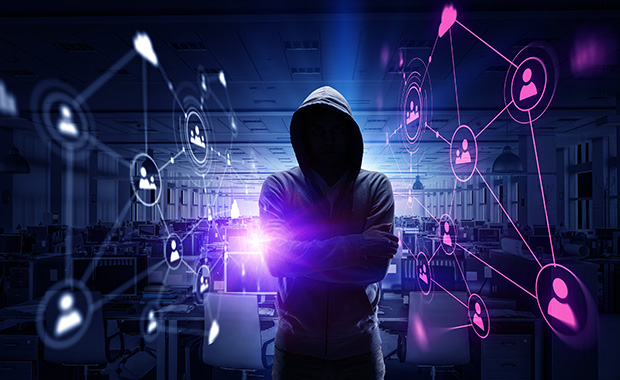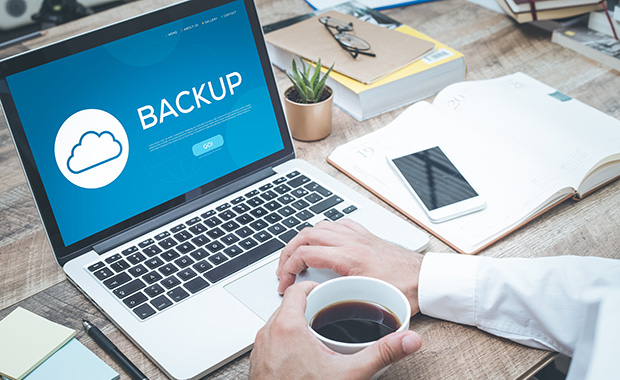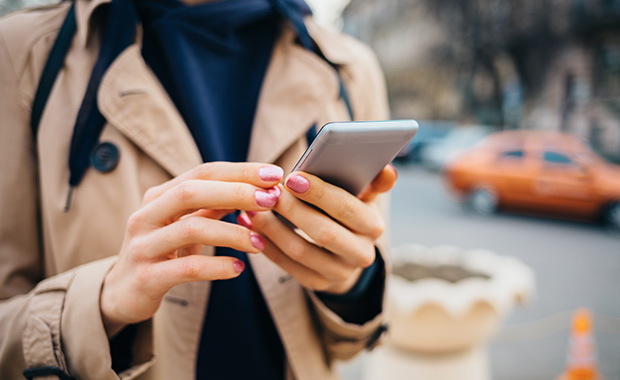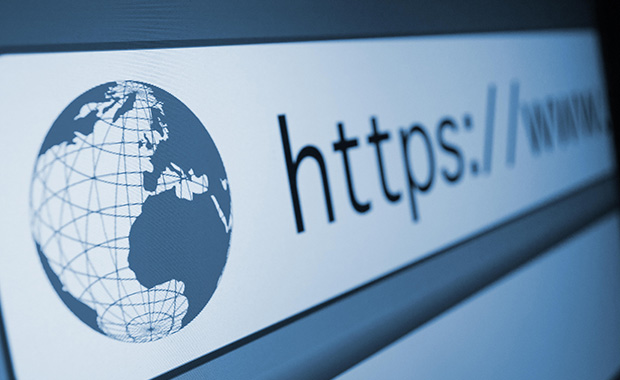What is the dark web and how does it work?
Maybe you’ve seen a movie scene where hackers swap secrets on the dark web or read a news report about a drug ring that operates through a darknet site. But what exactly is this dangerous-sounding corner of the internet? Where can it be found and is it only used by criminals? Today, our blog sheds some light on the dark web.
more
211 people found this article helpful.
World Backup Day: Back up your important data today!
Just imagine losing or breaking your smartphone or laptop. Most of us have years of photos and important documents on our devices, and if you haven’t backed up your files, they’ll all be gone with the wind – and little hope of recovery. Luckily, it’s not hard to back up data, which is what World Backup Day on March 31 is all about!
more
1,888 people found this article helpful.
What to do if you click on a phishing link
“Oh, no – I accidently clicked a phishing link! Does that mean I’ve been hacked? Does my phone have a virus now!?” If you’ve ever been tricked into opening a fraudulent link in a phishing email, a text message from a strange number, or a sketchy website, you’ve probably experienced this moment of alarm.
more
380 people found this article helpful.
Understanding pharming: Protecting yourself from online fraud
Online scams can take many forms, but the aim is often the same: harvesting personal data, login credentials, and account information to commit identity theft. And pharming is no different. Learn to recognize the signs of online fraud so you can protect yourself.
more
505 people found this article helpful.
Browser extensions and add-ons: What are they and are they safe to use?
Do you wish your internet browser offered a spell checker? Would you like to block ads from popping up in your browser window? Looking for an accountability buddy to keep you from surfing for hours? All of this is possible – with browser extensions.
more
348 people found this article helpful.
The “Hi Mom!” phishing scam: How to recognize and avoid it
Have you ever received a call for help or a strange text message claiming from your son or daughter? But strangely, you don't recognize the number? Be careful: the “Hi Mom” scam shows no sign of stopping in 2024.
more
258 people found this article helpful.
From our experts: Top five cybersecurity tips of 2023
As the year draws to a close, we look back at some of our most effective online security tips. Do you know how to check if a URL in an email is safe? Or the best way to protect your password from hackers? In case you missed it, here are our top explainers to keep you safe as you navigate the digital world.
more
252 people found this article helpful.
Are security questions secure? Not really – here’s why
When was the last time someone asked you the middle name of your oldest sibling? Probably not something that comes up in casual conversation – which made it a good option to use as a security question for a bank or online account. But you may have noticed that you have not had to provide such seemingly random information recently.
more
221 people found this article helpful.
Spear phishing: Understanding email attacks
Phishing scams – where you receive fraudulent messages pretending to be from a trusted sender designed to trick you into revealing personal data – have unfortunately become widespread and the criminals behind them have refined their techniques.
more
313 people found this article helpful.
What is an SSL certificate?
SSL, TLS, https – it may seem like alphabet soup, but it actually has to do with the security of your data as you surf the web. Whether it’s your online banking credentials or the credit card information you enter on an online shopping site, SSL protocols keep sensitive data from falling into the wrong hands.
more
251 people found this article helpful.










